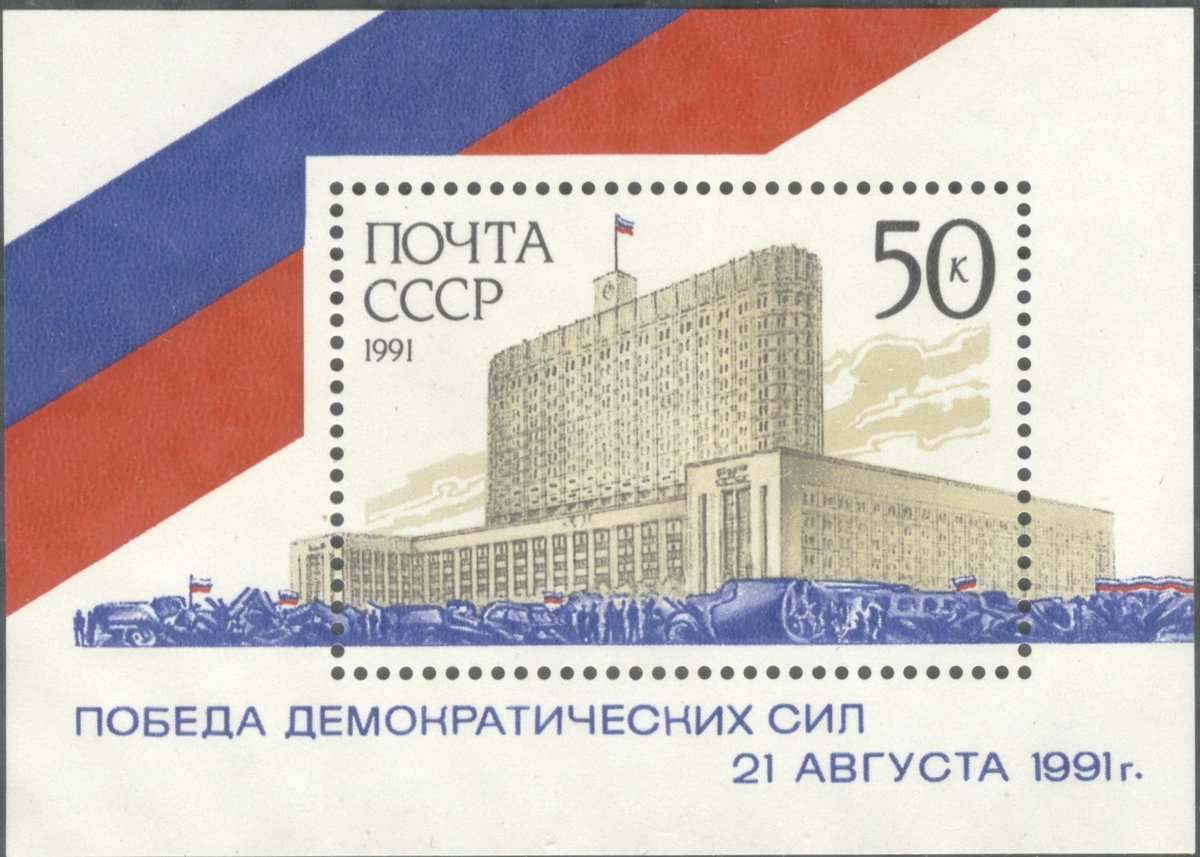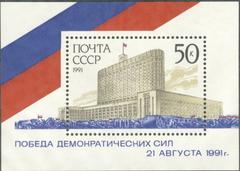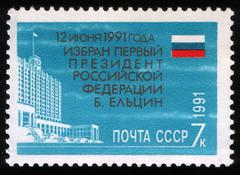
White House Moscow Visiting Hours, Tickets, and Travel Guide
Date: 14/06/2025
Introduction: The White House Moscow and Its Significance
The White House of Moscow—officially the House of the Government of the Russian Federation—is one of the city’s most recognizable architectural and political landmarks. Situated along the Krasnopresnenskaya Embankment with views of the Moskva River, this imposing structure is both a working seat of government and a monument to Russia’s turbulent journey through Soviet and post-Soviet eras. From its iconic white marble façade to its pivotal role in the 1991 coup and the 1993 constitutional crisis, the White House stands as a testament to Russia’s resilience, political transformation, and architectural ambition (comfortcity24.ru; Wikipedia).
While public access to the interior is highly restricted, the White House’s dramatic presence and historical associations make it a must-see for history buffs, architecture enthusiasts, and curious travelers alike. This guide provides essential details for visiting, including practical information on viewing times, tickets, accessibility, security, travel tips, and nearby attractions. You’ll also find advice for international visitors on visas and etiquette, ensuring a smooth and enriching experience during your time in Moscow (e-a-a.com; Lonely Planet; ivisatravel.com).
Table of Contents
- Introduction
- Historical Background
- Architectural Features
- Visitor Information
- Practical Tips for International Visitors
- Cultural Etiquette
- Frequently Asked Questions (FAQ)
- Conclusion
- References
Historical Background
Early Conception and Construction
The vision for the White House emerged in the post-Stalin era, as the Soviet Union sought to modernize its government centers. Designed by Dmitry Chechulin, a prominent Soviet architect, the White House’s bold forms and white marble cladding reflect both Soviet power and a forward-looking sense of stability. Construction began in 1965, and the building officially opened in 1981. Its seven-story base and 20-story central tower, capped by the Russian coat of arms and flag, make it a prominent feature of the city skyline (comfortcity24.ru; Wikipedia).
The White House and Key Political Events
In the late 20th century, the White House became a symbol of political upheaval. During the 1991 coup attempt, Boris Yeltsin famously rallied support by climbing atop a tank outside the building, defying Communist hardliners and marking a turning point in Soviet history (lindsayfincher.com). Two years later, the 1993 constitutional crisis saw the building besieged and shelled, leaving visible scars still remembered today. Restoration efforts returned the White House to its original grandeur, and it remains the seat of the Russian government (comfortcity24.ru; Wikipedia).
Architectural Features
Design and Symbolism
Chechulin’s design is characterized by symmetry, scale, and the use of classical elements interpreted through a Soviet modernist lens. The three-part structure—broad base, flanking wings, and central tower—emphasizes both stability and the vertical aspirations of government. The white marble façade, stylized bas-reliefs, and monumental staircases all reinforce the building’s status as a symbol of state power (Wikipedia; Harvard Omeka).
Structure and Materials
Standing 119 meters tall (including the flagpole), the White House is clad in white marble and granite, with granite bas-reliefs and gilded Russian emblems adorning its upper stories. The interior—largely closed to the public—features over two dozen meeting and reception rooms, with the main assembly hall facing the river (Wikipedia).
Visitor Information
Viewing Hours and Ticketing
- Public Access: The White House is a functioning government building and is not open for public tours. Entry is restricted to official business, organized delegations, or special events.
- Viewing: The best way to experience the White House is from the Krasnopresnenskaya Embankment, which is open 24/7 for public access and photography.
Accessibility
- Public Areas: The embankment and adjacent walkways are accessible for wheelchairs and strollers.
- Interior Access: No public interior access is available due to security.
Getting There
- Nearest Metro Stations: Krasnopresnenskaya and Barrikadnaya stations are within a 10-minute walk.
- By Car/Taxi: The area is well-served by taxis and public transport. Parking is limited and traffic can be heavy during business hours.
Security and Entry
- Security Measures: The area is under video surveillance and patrolled by security personnel. Do not attempt to cross restricted barriers or ignore posted signs.
- Identification: Carry valid ID, especially if participating in an organized tour or event.
Nearby Attractions
- Moscow Zoo: Family-friendly, just a 10-minute walk.
- Moscow City Business District: Modern skyscrapers with observation decks.
- Tverskaya Street: Shopping, dining, and cultural experiences.
- World Trade Center: Business and conference hub.
Photography Tips
- Best Light: Late afternoon or sunset for dramatic lighting on the white marble façade.
- Vantage Points: Embankment and nearby pedestrian bridges provide excellent angles.
- Note: Respect any signs indicating no photography zones.
Practical Tips for International Visitors
Visa and Registration
- Visa Requirement: Most foreigners need a visa, available via consulates or e-visa for eligible countries (introducingmoscow.com; evisarussia.org).
- Registration: Stays over seven days require registration; hotels generally handle this.
Currency and Payments
- Ruble (RUB): Local currency; cash is needed in many places despite widespread card acceptance.
- Exchange: Available at banks, hotels, and airports.
Language and Communication
- Russian: Official language; English is limited outside major tourist facilities.
- Tip: Download a translation app and learn basic Russian greetings (theinvisibletourist.com).
Health and Safety
- Insurance: Strongly recommended for all travelers (hikersbay.com).
- Safety: Moscow is generally safe, but use common sense and stay alert in crowded areas (travellersworldwide.com).
Cultural Etiquette
- Dress Modestly: Especially near government and religious sites.
- Politeness: Use formal greetings; bringing a small gift if invited to a Russian home is customary (lidenz.com).
- Tipping: 10% is standard in restaurants.
Frequently Asked Questions (FAQ)
Q: Can I enter the White House Moscow?
A: No, public access is not permitted. The building is only accessible to official delegations or on special occasions.
Q: When is the best time to visit for photographs?
A: Late afternoon or sunset provides optimal lighting for the white façade.
Q: Are guided tours available?
A: No regular public tours are offered, but some city tours include exterior stops for historical context.
Q: Is the surrounding area accessible for people with disabilities?
A: Yes, the embankment and public sidewalks are accessible.
Q: What other attractions are nearby?
A: The Moscow Zoo, Moscow City, and Tverskaya Street are all within walking distance.
Conclusion
The White House Moscow is a compelling symbol of Russian statehood, resilience, and architectural ambition. While you cannot tour its interior, its dramatic setting and storied history make it a must-see for visitors interested in Moscow’s political and architectural heritage. Plan your visit to enjoy the best exterior views, explore nearby attractions, and immerse yourself in the living history of Russia’s capital. For up-to-date guides, curated tours, and travel insights, consider downloading the Audiala app or following our channels for the latest information.
References
- White House of the Russian Federation Government, ComfortCity24
- White House (Moscow), Wikipedia
- White House Moscow Russia, E-A-A
- White House Moscow, Lonely Planet
- 10 Top Tips for Traveling to Russia, IvisaTravel
- Harvard Omeka Soviet Architecture
- Touristlink White House Overview
- Introducing Moscow Entry Requirements
- Evisa Russia Entry Points
- The Invisible Tourist: Russia Travel Tips
- Hikersbay Moscow Tourist Information
- Travellers Worldwide: Is Moscow Safe?
- Lidenz: Russian Etiquette






















































































































































































































































































